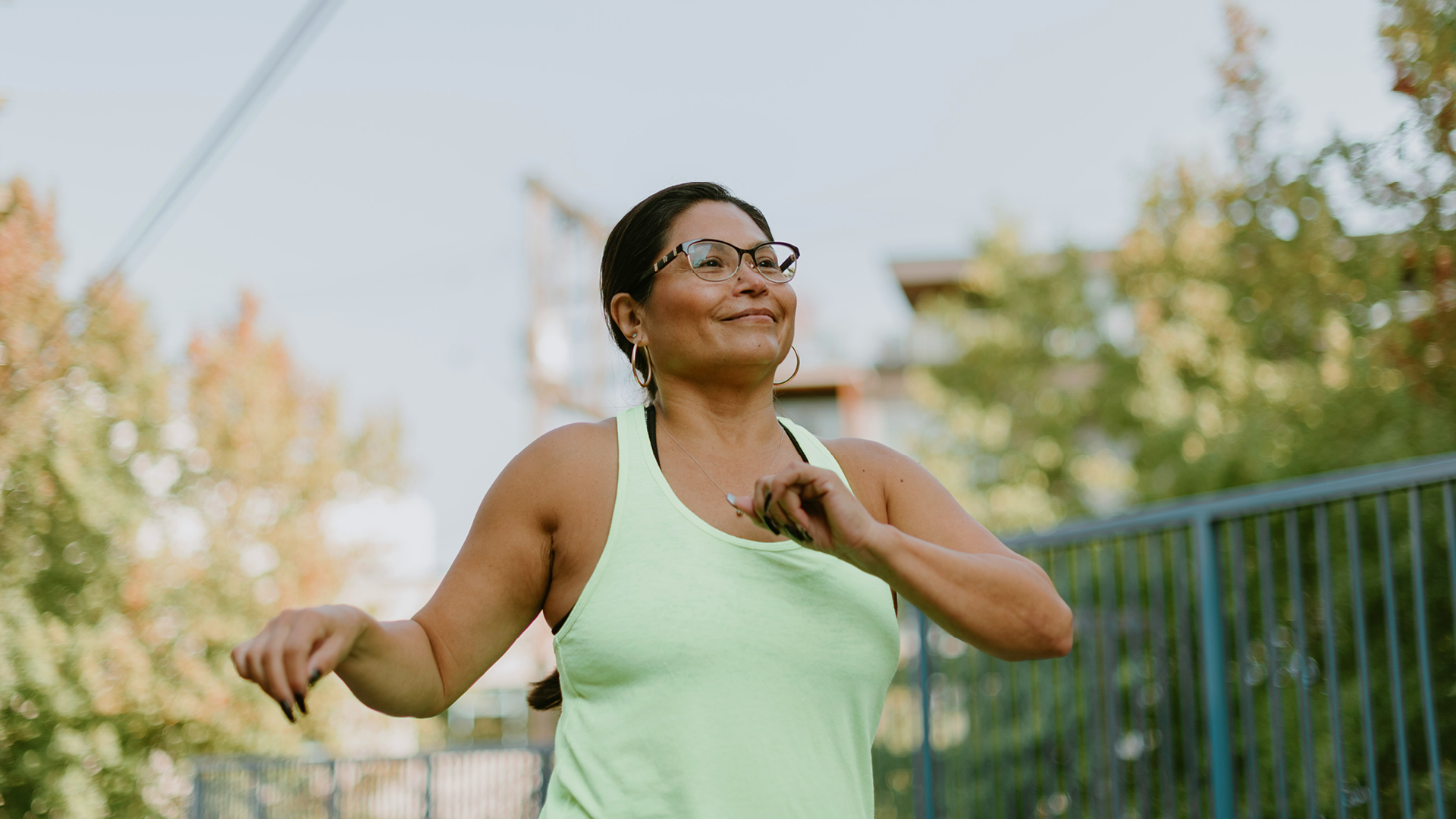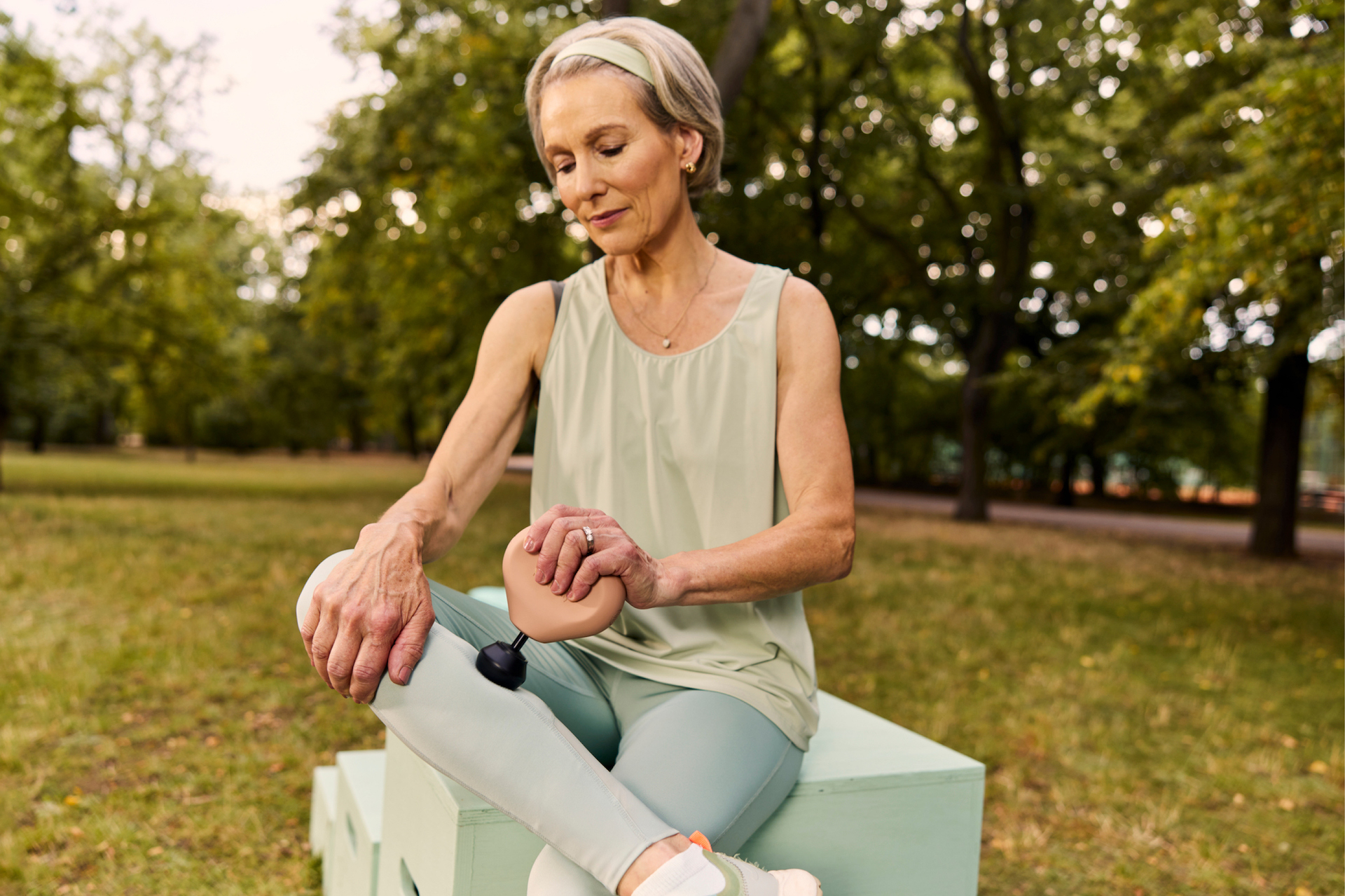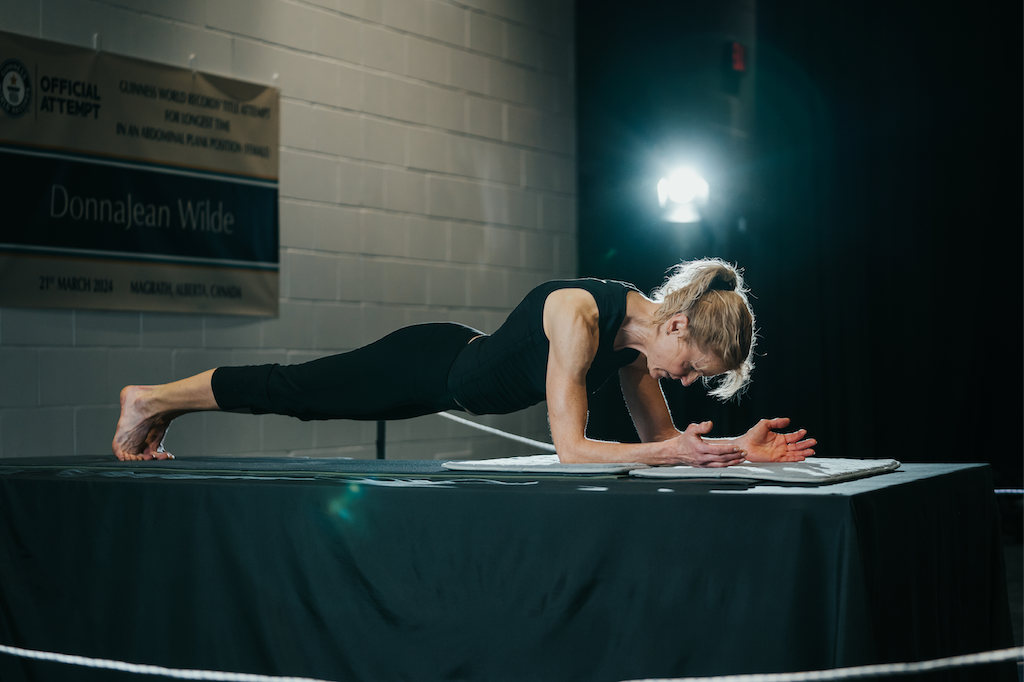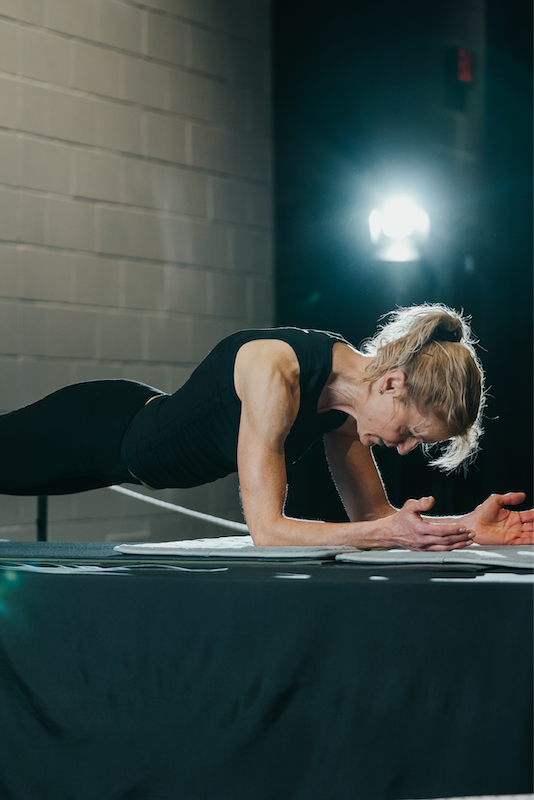We’re constantly told to find balance in all areas of our life—our work-life, our hormones, our diet, our screen time—the list goes on. But what about just plain physical balance?
When you picture being physically balanced, do you imagine the ability to perch steadily on one foot with your eyes closed? Balance actually combines many of our senses and systems to move us through the day, using your inner ears, eyes, muscles, joints, and neural system to keep you safely situated in the world, with your weight positioned over a strong foundation (usually your feet). Strength and flexibility also plays a key role to hold your body stable, from your feet to your knees, hips, and core. These areas of your body are sending non-stop signals to your brain internally. What do we actually see out of all this intricate internal work? The ability to stand, walk, move, and do the things we love easily and efficiently!
As we age, our ability to maintain balance decreases. Experts with UCLA Health say that this change begins from the age of 50. There’s no beating around the bush on this—falls are a leading cause of injury and surgery for people in midlife and beyond, and the effects can be life-altering. The good news? We can improve our balance at any age! All it takes is a little routine practice to feel confident in our bodies, safe as we move through our days, and stay fall-free. Balance is trainable.
“The more we practice, the more we feel better with it. Balance is of the utmost importance.”

According to Movement Teacher Adrian Gaskin, “The more we practice, the more we feel better with it. Balance is of the utmost importance.” One of our favorite at-home fitness classes is Adrian’s Balance Checkup, which will help you tune into your body, work on strength, and sharpen your senses from head to toe. Try it now in just 13 minutes!
Here are some of the best expert-recommended ways to keep your balance sharp (and have fun doing it!):
1. Take a dance class.
Try this fun grapevine class with Sylvia or this basic dance move with Hannah. Close your bedroom door and give it your best—no one cares how you look!
2. Stand with your eyes closed.
This one is simple, and you do it every day! While your tea steeps or you wait in a long line up, practice closing your eyes and feeling the sensation of balance from your core down to your toes. If you need extra confidence, place your hands on a counter in front of you to steady yourself.
3. Try boxing.
Don’t count yourself out just yet! Boxing is an amazing way to practice footwork, coordination, and balance. Think of it like a new form of choreography! Shove aside any fear or hesitation and simply start with this foundational footwork workshop with Rob.

4. Take a walk!
Be mindful of how your feet land on the sidewalk or trail, and think about keeping your gait stable and confident. Bonus is fresh air and a little sunshine.
5. Play with your base of support.
While you’re walking around the house, try standing with your feet close together, or with one foot in front of the other. Hold this standing position for a few seconds, or and if you’re feeling confident, raise your arms in front of you or close your eyes for a moment.
6. Grab a ball and explore the sensation in your feet.
Getting familiar with the muscles and bones in your feet can help you stand more steadily and connect your brain to this integral aspect of your balance. Roll a ball beneath your feet while you stand at your desk or sit on the couch watching a show. (Fun fact: You have 33 joints, 26 bones, and over a hundred muscles in each foot!)
7. Add unilateral strength moves to your routine.
A unilateral exercise is simply a strength movement involving one part of your body. Think: Single-Legged Lunge or Side Plank. These types of movement can help rework your balance skills and train your muscles in new ways. Try this lunge workshop with Keighty and practice your Dead Lunge the next time you’re watching a movie at home or in the morning before you start your day!
Movement Living Tip: Add balance into your everyday rhythms. Try sticking a post it on the fridge or on your bathroom mirror reminding you to experiment with balance while you brush your teeth, or setting a calendar event in your phone to break up your day with a few lunges! You can do this—and a little will go a long way.







